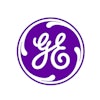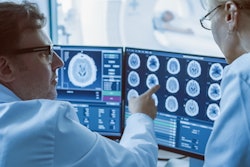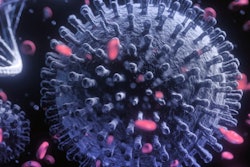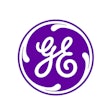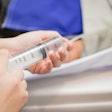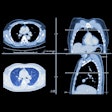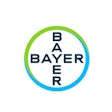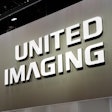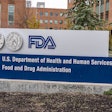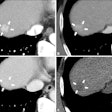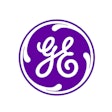Researchers using coronary CT angiography (CCTA) have reported that COVID-19 is associated not only with acute lung damage but also with rapid growth of plaque in the coronary arteries -- and thus an increased risk of cardiovascular events.
The study results offer further insight into the nature of COVID-19, according to a team led by senior author Junbo Ge, MD, of Fudan University in Shanghai, China. Ge and colleagues' findings were published February 4 in Radiology.
"COVID-19, caused by SARS-CoV-2 [severe acute respiratory syndrome coronavirus 2], is initially characterized by acute lung injury and respiratory failure," Ge said in a statement released by the RSNA. "However, emerging evidence indicates COVID-19 also involves an extreme inflammatory response that can affect the cardiovascular system."
Patients with acute SARS-CoV-2 infection are "reportedly at increased risk for future cardiovascular events," but "the mechanism underlying this risk remains unclear," Ge and colleagues noted.
To address the knowledge gap, they used CCTA to evaluate the impact of SARS-CoV-2 infection, assessing any heart inflammation by analyzing changes in tissue surrounding the coronary arteries and plaque burden and type. Their study involved 803 patients who underwent CCTA between September 2018 and October 2023; of these, 329 (41%) had the exam before the COVID-19 pandemic and 474 (59%) during it.
The investigators analyzed 2,588 coronary artery lesions, which included 2,108 lesions among SARS-CoV-2 patients and 480 lesions among uninfected individuals. They compared baseline and follow-up measurements of plaque volume changes, the presence of high-risk plaque, and inflammation, and analyzed the relationship between SARS-CoV-2 and cardiovascular events (i.e., heart attack or revascularization procedures).
At baseline, the mean narrowing of the coronary artery (stenosis) per lesion across all study participants was 31.3%, and only 8.1% of lesions had diameter stenosis of 50% or more. However, compared with uninfected patients, SARS-CoV-2 patients had a more rapid progression of plaque volume (62% vs. 90%).
The group also reported the following:
| Cardiovascular outcomes in patients uninfected and infected with SARS-CoV-2 | ||
|---|---|---|
| Outcome type | Uninfected patients | SARS-CoV-2 infected patients |
| Coronary lesions that developed into high-risk plaques | 15.8% | 21% |
| Coronary lesions that developed into inflammation | 19.8% | 27.1% |
| Target lesion failure (an indicator of increased heart attack or stroke risk) | 3.1% | 10.4% |
"Inflammation following COVID-19 can lead to ongoing plaque growth, particularly in high-risk, noncalcified plaques," Ge noted. "Patients with SARS-CoV-2 infection are at increased risk for myocardial infarction, acute coronary syndrome, and stroke for up to a year."
These effects continue even after patients have recovered from COVID-19 -- regardless of comorbidities such as age, hypertension, and diabetes, according to Ge. He and his colleagues stressed that "a more comprehensive understanding of the biological mechanisms is required to formulate preventative and therapeutic approaches."
"It's crucial to anticipate a heavier cardiovascular patient burden in the future as most infected individuals recover from acute SARS-CoV-2 infection," he said.
In an accompanying commentary, Jonathan Weir-McCall, MD, of King's College London and colleague Jack Bell, BMBCh, of the Liverpool Centre for Cardiovascular Science -- both in the U.K. -- warned that the heart-related aftereffects of COVID-19 must be considered.
"From a public health perspective, the association between mild COVID-19 infection, plaque progression, and cardiovascular events is concerning as we approach 800 million confirmed COVID-19 cases worldwide," they wrote. "If these findings are replicated in other populations, and across the spectrum of COVID-19 severity, the question then becomes one of how best to integrate COVID-19 into the cardiovascular preventative care pathway."
The complete study can be found here.


